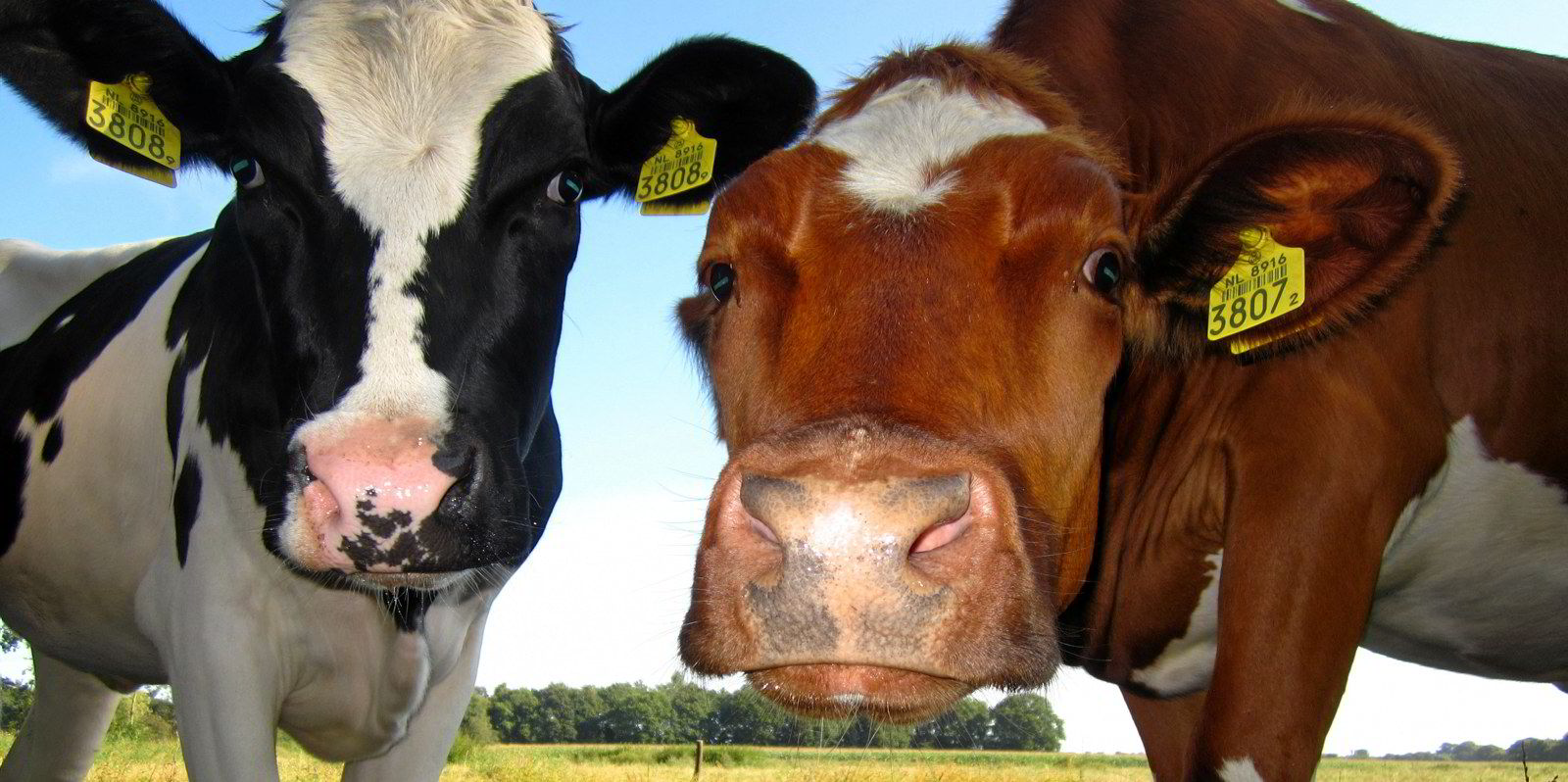Livestock carrier operator Wellard is moving another of its livestock carriers to Brazil in search of better financial returns.
The Ocean Swagman (built 2010) will be repositioned to South America for back-to-back cattle voyages, the Australian-listed company said.
The dual-engine Ocean Swagman has undergone repairs, and has now returned to service following a starboard engine failure, reported on 16 February 2023, after discharging cargo in China.
It will join the Ocean Drover (built 2002), which has also been chartered for multiple South American voyages at the conclusion of its current China breeding cattle voyage.
Wellard said the move has been prompted by the recent decision by the Turkish government to issue a large number of cattle import quotas.
The shipowner added that it has binding booking notes in hand for several voyages scheduled from Brazil and was in “advanced discussions” with other customers for further charters.
Wellard said this supports its growing confidence in this market, notwithstanding reports of a Brazilian court’s recent ruling against the live cattle trade.
“With numerous vessels underutilised it has been a very tough period for livestock vessel owners,” said Wellard executive chairman John Klepec.
“South America to Middle East North Africa is definitely the shining light for live export activity at the moment, with Indonesia still seeking only small-sized shipments and Vietnam sporadic shipments.”
Klepec said Wellard’s third vessel, the Ocean Ute (built 2010), will remain in Australia to service these markets and the important breeder cattle market to North Asia.
Wellard said the international livestock export market has remained challenging and confirms that poor market outlook for the second half of 2023 foreshadowed in its interim financial results.
“The Australian northern wet season is now finishing, with cattle supply increasing as a result, and prices are trending downwards. However, Indonesia and Vietnam continue to seek only low volumes of cattle imports,” the company said.
In February 2023, Wellard reported an interim loss of $5m reversing a $500,000 profit seen 12 months earlier.
The company attributed the poor performance to a fall in Australian cattle exports to their lowest level in 10 years as a result of high cattle prices and disease outbreaks in Indonesia, along with high bunker prices.
Wellard said the outbreaks of both Lumpy Skin Disease (LSD) and Foot and Mouth Disease (FMD) in Indonesia caused both a fall-off in buying activity and a changed charter market dynamic towards smaller vessels in that market.
In terms of fuel prices, Wellard said VLSFO prices in Singapore in the first half of FY2022 started the period at $550 per tonne and six months later had risen to $650 per tonne.
In comparison, the Singapore VLSFO prices at the start of the first half of FY2023 were around $1,100 per tonne before falling to just above $600 per tonne at the end of December 2022, with similar trends recorded in the other ports on Wellard’s routes.
Wellard said normally it passes on fuel price fluctuations through the freight rates paid by its customers.
“However, with livestock export traders and importers suffering either losses or tight margins themselves, Wellard’s ability to fully pass on increased bunker prices has been compromised,” the company said.






